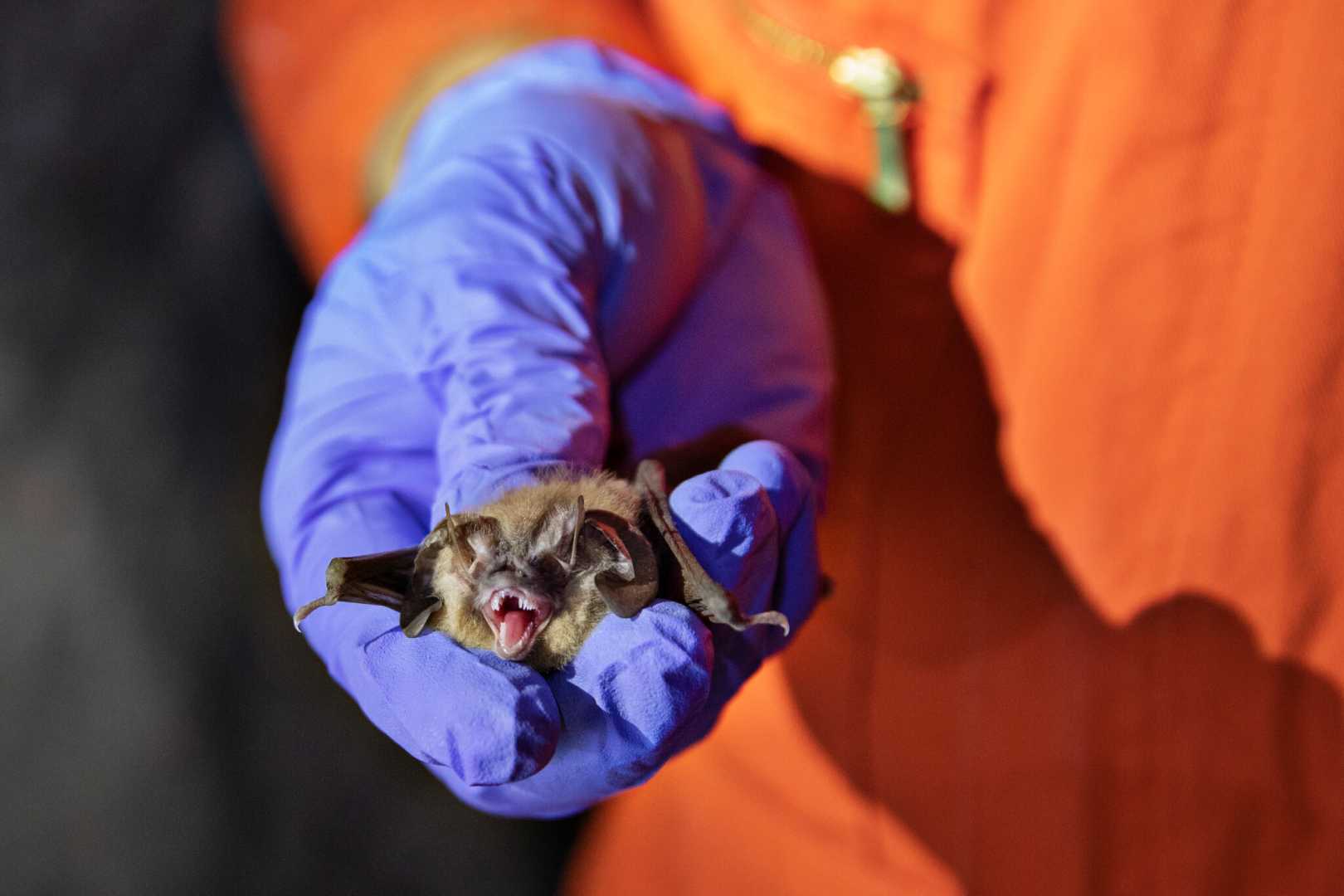Health
New Coronavirus Found in Bats Raises Human Infection Concerns

GUANGZHOU, China — A research team led by Shi Zhengli has identified a new coronavirus from bats that poses a potential risk for animal-to-human transmission. This discovery is detailed in a recent study published in the journal Cell.
The new lineage, named HKU5-CoV-2, was found in the Japanese pipistrelle bat in Hong Kong. The virus utilizes the human angiotensin-converting enzyme 2 (ACE2) receptor, the same gateway used by the SARS-CoV-2 virus that causes Covid-19. This similarity raises concerns regarding its ability to infect human tissues and suggests a possible spillover risk.
Shi, a prominent researcher at the Guangzhou Laboratory and known for her extensive work on bat coronaviruses, has previously been a focal point in discussions surrounding the origins of Covid-19, particularly amid lab leak theories. While there remains no consensus on the origins of SARS-CoV-2, it is widely believed that coronaviruses can jump from bats to humans via intermediate hosts.
The HKU5 virus belongs to the merbecovirus subgenus, which includes the virus responsible for Middle East respiratory syndrome (MERS). Recent findings indicate that HKU5-CoV-2 exhibits strong binding capabilities to the ACE2 receptor, heightening concerns over cross-species transmission.
According to the study, although HKU5-CoV-2 has a stronger binding affinity compared to its predecessors, researchers confront the notion of widespread human transmission by stating that, at this time, the overall risk remains low. This is a critical distinction, as public health officials continue to monitor potential zoonotic viruses in wildlife.
“Our findings underscore the need for vigilant surveillance of bat populations and their coronaviruses,” said Shi. “Understanding the dynamics of these viruses is crucial for preventing future outbreaks.”
The study adds to the growing body of evidence surrounding viral transmission from animals to humans, a phenomenon that has shaped global health discussions since the advent of the Covid-19 pandemic. With ongoing research, the implications of this discovery may provide further insight into the evolving landscape of infectious diseases.












